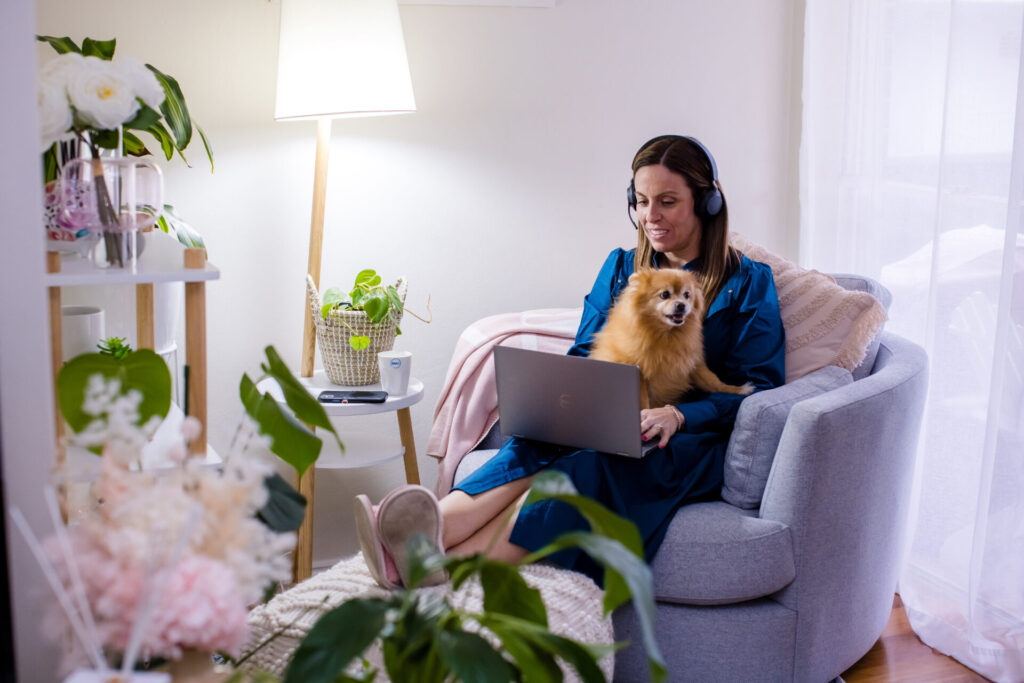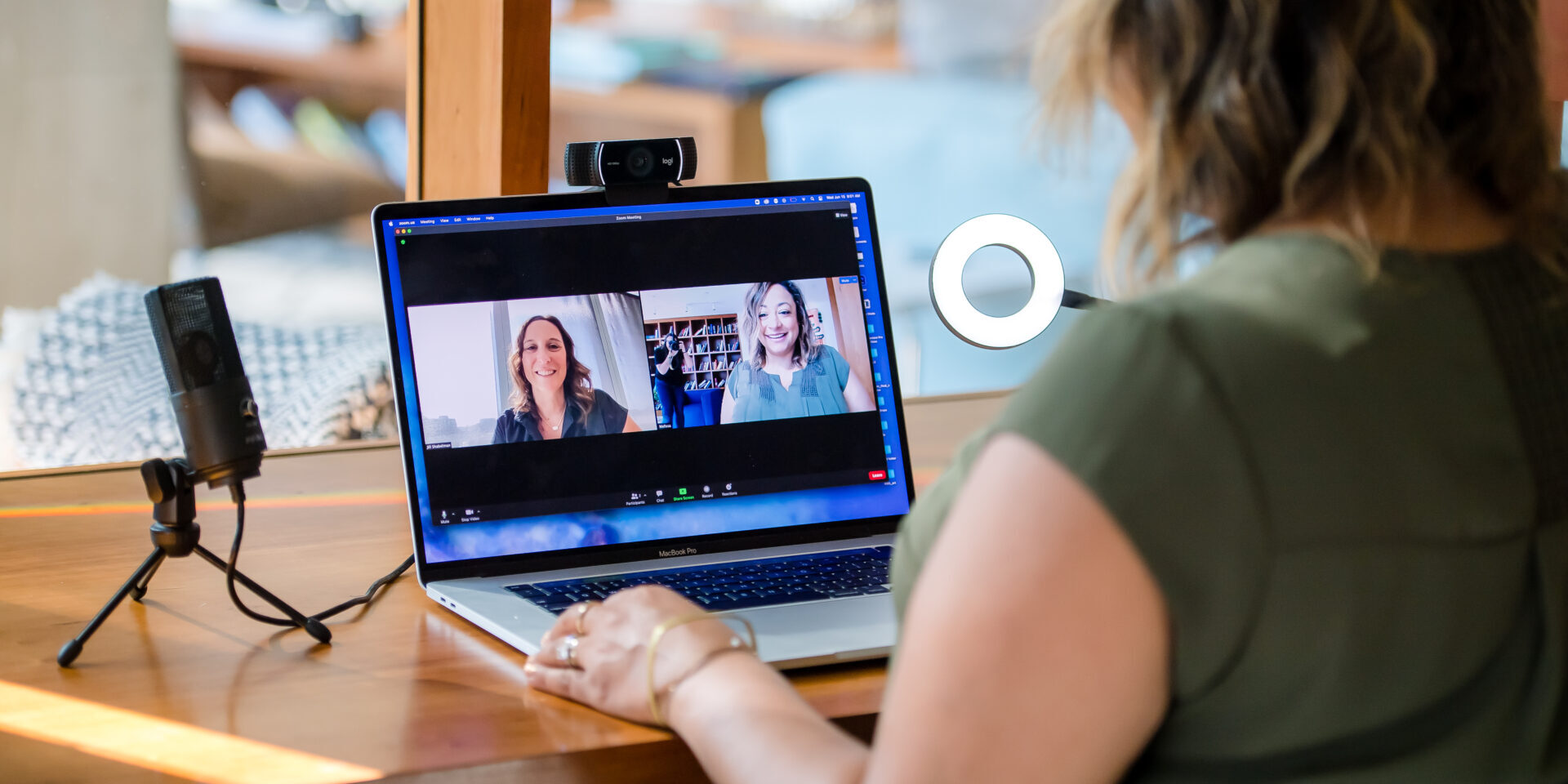How to capture employee stories remotely
Our Virtual Story Session offering was born out of an unprecedented time. During the early days of the pandemic, instead of hopping on a plane to interview, we started shipping a box of video gear to our storytellers’ homes.
Years later, we’re still capturing employee stories remotely. We’ve learned a lot from the process and wanted to share how you can create great marketing videos virtually.
Take advantage of being comfortable at home
We noticed how easy storytellers can drop into a comfortable conversation when they’re sitting in their own space. They’re in their living rooms, dining rooms, or home offices, surrounded by their things and their lives. Since video conferencing has become so mainstream, it’s no longer awkward to have an in-depth conversation through a webcam.
Without the bright lights, big cameras, and a group of people watching their live interview, we’ve found storytellers more open and ready to tell meaningful stories, right from the beginning.
We also see our share of cats, dogs, and families, which keeps remote interviews light-hearted and fun.

Get them the right gear
When we started talking about sending gear to individual storytellers, we worried about how they’d manage set-up. We anticipated some stress around the tech components working correctly. After conducting interviews with storytellers across companies, different types of roles, and differing levels of tech comfort, we’ve seen that everyone can handle this.
And the video quality is so much better when they have a few pieces of equipment. We recommend sending a kit that has:
- A ring light so you have a little more control over light
- A microphone for clearer and cleaner audio
- A webcam to use as a camera or a tripod if they’ll be recording on their phone
A little instruction, guidance, and general cheerleading goes a long way to building confidence in using these simple tech tools.

Record remote employee stories using a video platform
While Zoom or Microsoft Teams can record video, they’re not the ideal interview recording studio. Interviews recorded through video conferencing tools are often grainy and hard to hear, which makes them distracting to watch.
If you’re committing to virtual interviews, invest in a tool that allows you to capture high-quality remote content. Trust us, it makes a huge difference.
Don’t shy away from the hard stuff
Your employees have a lot to say about their lives inside, and outside of work, right now. Allowing them to share and process all that has happened over the last few years is giving them a voice they may not have known they had. Whether it’s stories that make it to the final content or not, being heard has never been more important.
Create more space in the conversation
During a typical in-person filming day, we’re having conversations with eight to 10 storytellers back-to-back. It makes for busy days and quick transitions.
With remote interviews, we recommend blocking off a little more time than you think you may need. It gives them time to set up, an opportunity for you to check that everything is working, and a decent amount of time for your conversation. It also leaves space for organic thoughts, new insights, and more follow up on great stories.
We’ve learned to not rush the process. Could we do a session in 20 minutes like our normal interviews? Sure. But, we want to honor the time a storyteller is committing to be with us and hear all of their experiences and stories.
Creating content virtually isn’t for the faint of heart. It takes time, effort, and commitment to help employees navigate filming themselves. But the rewards are there.
If you have a global, dispersed team, there are ways to capture your employee stories in a meaningful way. Reach out and we’ll share how we can help.

